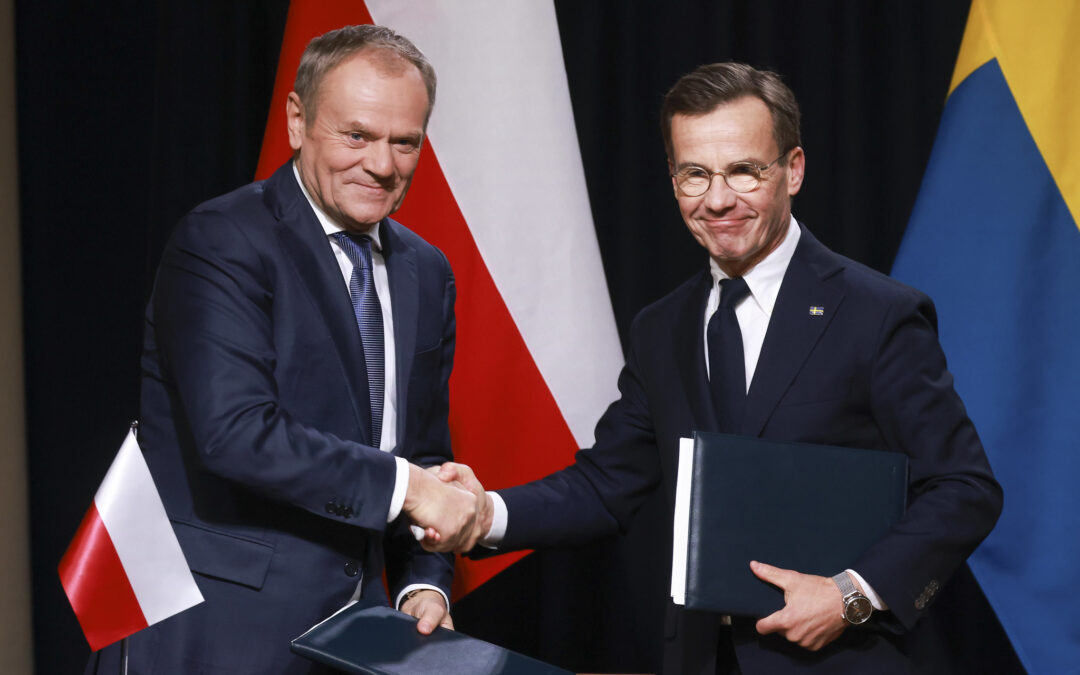Tofta, Gotland, SWEDEN Sept 24 (Reuters) – While political and economic leaders may vie for influence around the Baltic Sea basin, the island of Gotland remains the ultimate key to control over the sea, said the Swedish and Polish officers who participated in the exercises this week, with the idea of deterring Russia from an attack in the face of a rising NATO-Moscow tension.
“It’s basically like a huge aircraft carrier in the middle of the Baltic,” said Oscar Hannus, a quartermaster with the Swedish Navy, framed by one of Sweden’s RBS-15 missile systems that would be used against any seaborne threat to the island.
Hannus’ unit is one amongst several taking part in Operation Gotland Sentry alongside Polish paratroopers and coastal missile forces, in an exercise testing Swedish and NATO planning for the deployment of land, sea, and air forces in any rapid defence of Gotland.
“We’re here on Gotland with our Polish allies… in order to deter potential enemies from the East in case they want to subject us to any kind of threat here on Gotland or in the Baltic Sea,” Hannus said.
Sandy beaches popular with Swedish tourists, Gotland has been gaining strategic import with the tensions increasing further against Russia since President Vladimir Putin unleashed a full-scale invasion of Ukraine in February 2022.
The island is 300 kilometers (186 miles) away from the base of Russia’s Baltic Fleet in the Kaliningrad exclave and controls vital sea lanes. This island would be crucial if NATO were to send troops and supplies to reinforce states of Lithuania, Latvia, and Estonia, through Sweden.
From the island, various long-range missile systems could be deployed to defend the allies and deter Russia simultaneously,” said Ewa Skoog Haslum, Chief of Joint Operations in the Swedish navy, at the military’s Tofta shooting range in Gotland.

Leave a Reply